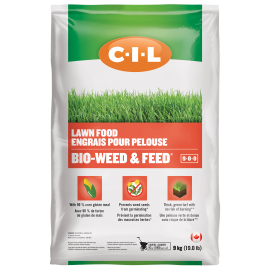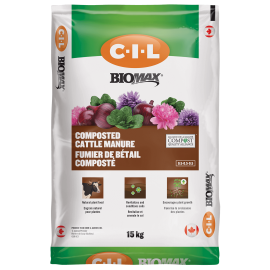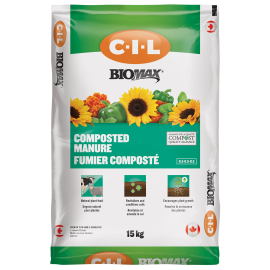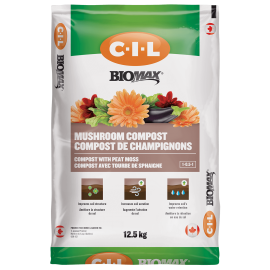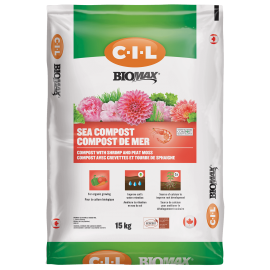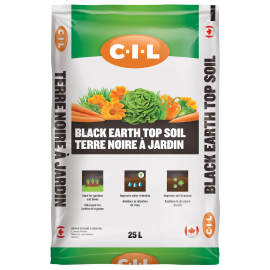Fertilizing with grass clippings: Why it can't be enough

Researchers who study the science of lawns generally agree overall that clippings decompose and return nutrients to the lawn. But can grass clippings alone sustain a nice lawn?
Does grass still require a fertilizer application twice a year to maintain good greening and growth?
Is it better to leave grass clippings on the lawn?
Overall, the clippings left on the lawn can have several benefits for your lawn’s health and appearance. It can be a simple and effective way to maintain a healthy lawn. As it provides a natural source of fertilizer, it improves the overall appearance of your lawn. As a bonus, it eliminates raking or emptying mower bags.
Per weight, grass clippings contain up to:
- 4% nitrogen
- 0.5% phosphorus
- 3% potassium
The equivalent of a 4-0.5-3 fertilizer in low weekly doses.
Clippings also help increase soil health by keeping moisture in the ground.
Lawn mowing recommendation
Mow the grass regularly if you plan to leave the clippings. You should remove no more than one third of the grass blades each time. Mowing your lawn once a week, during the growing season, will go a long way toward achieving this.
Do not leave large amounts of heavy, wet clippings on the lawn. You need to rake them or the grass underneath may be smothered.
During periods of wet weather and excessive growth, or if you’ve missed a week or two of mowing, use a bagger to collect clippings. Go back to leaving them on the lawn when things are back under control and the clippings are not excessive.
Spring: too cold for clippings
The soil’s beneficial bacteria (under your lawn) need to break down the clippings to make the nutrients available to the roots. These microorganisms don’t wake up until soil temperatures have reached 15 ˚C and they are most active over 25 ˚C. So, they need warm temperatures to break down the clippings.
The timing of this microbial activity doesn’t match the needs of the grass. Most of our grass varieties are cool-season ones. They develop root systems and absorb most of their needed nutrients during the cool seasons of the year.
In early spring, when lawns are rapidly growing and greening, the soils are cold and the nutrient supply rate from organic matter is slow. That's why unfertilized lawns can frequently show hunger signs in the spring. Soil temperatures are still too low to support vigorous microbial activity and nutrient release.
Grass clippings as summer lawn fertilizer: perfect for a while
Later in the spring, the soils warm and microbial activity does a great job of releasing nutrients. This is the time that clippings make sense. But later when it gets hot and dry, it is common for cool-season grasses to lose more than half of their roots during the stressed summer months. Grasses do not effectively absorb clipping nutrients during the hot summer, despite their increased availability.
Fall: diminishing warmth
Grass roots resume growth in the fall when air temperature cools and more energy is available to support root growth. However, lower temperatures in the fall season also cool the soil, causing a slowing in microbial activity and a reduced rate of nutrient release from the soil's organic matter.
The root growth of lawn grasses that thrive in our cooler climate is not often synchronized with nutrient availability from the soil. This explains why lawns can exhibit symptoms of nitrogen deficiency, even when growing in a soil high in organic matter.
Why you still need lawn fertilization
Although decomposing grass is returning organic matter to your soil all season long, the nutrients from the clippings are not as available in early spring and fall.
That is why using fertilizer twice a year will ensure you have a thick lawn. It will look healthy and will provide a safe, cushioning surface for family activities.
To know when to fertilize your lawn, read our article: Lawn care guide



